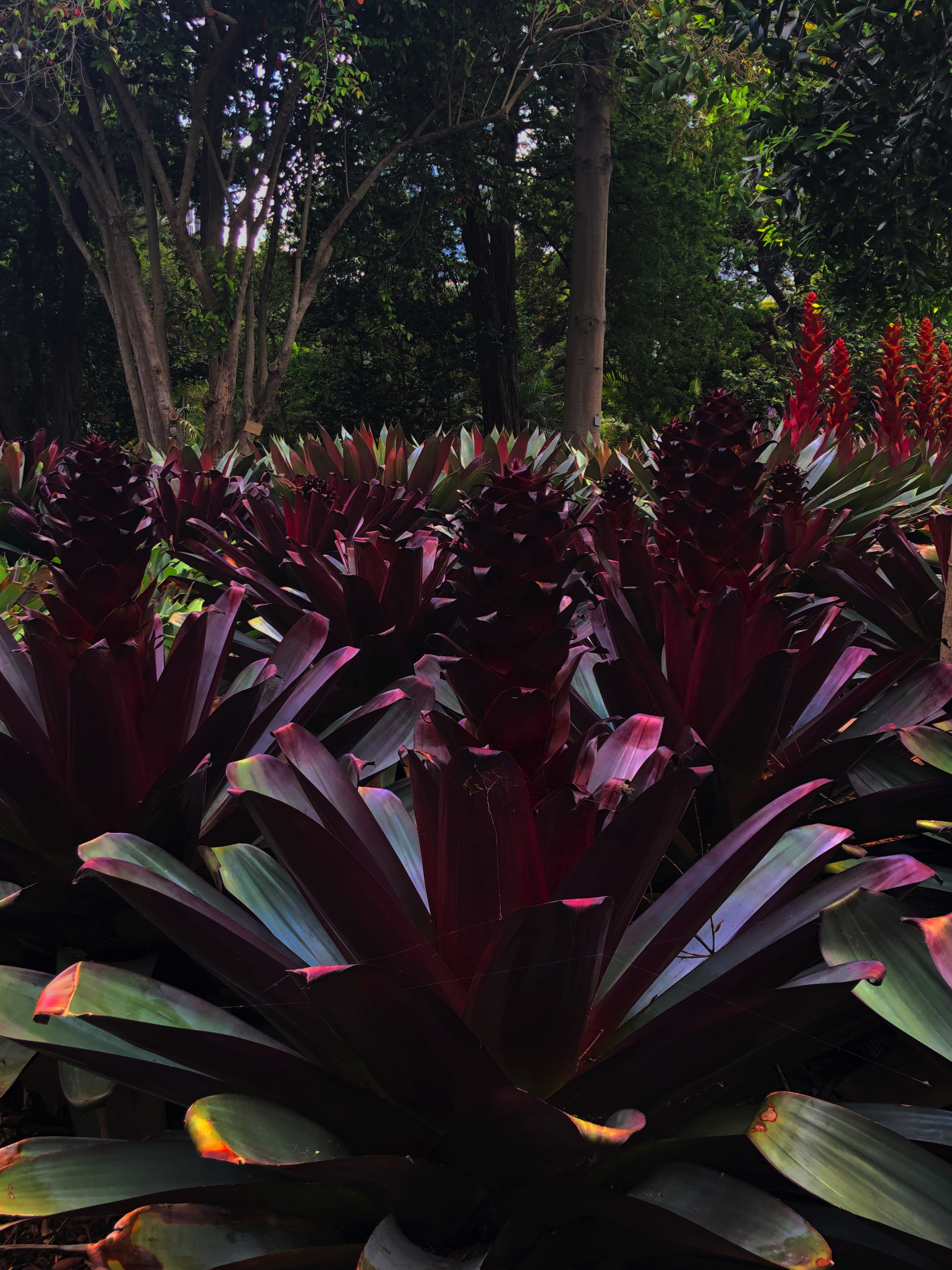
the team


Cristina Ferrándiz leads the Evolution and Development of Flowers, Fruits and Reproductive Meristems Lab at IBMCP (CSIC) since 2002. She has worked for almost 20 years on different aspects of Plant Developmental Genetics, focusing on the genetics of carpel and fruit development in several plant species. Her work aims to better understand the genetic and molecular interactions leading to coordinated patterning of the fruit in model systems as well as to explain how variations in these genetic networks affect fruit morphological evolution in angiosperms. In the last years, her work has also focused on the regulation the length of the reproductive phase, the flowering phase, in different annual plants
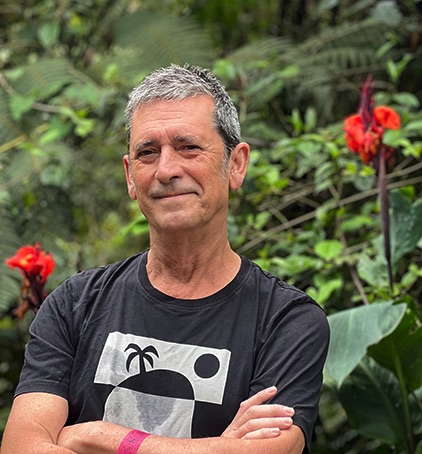
Paco Madueño is PI at IBMCP (CSIC), leading the Inflorescence Architecture Lab since more than 20 years. He has worked for about 30 years on the molecular genetics of Plant Reproductive Development, using different species, mostly Arabidopsis and legumes, but also some crops such as tomato or artichoke. His main interest is to know the genetic regulation of inflorescence architecture, an important character for relevant aspects such as morphological diversity and seed yield. His group is focused on elucidating the composition of the genetic networks controlling the initiation of the flowers at the inflorescence axles in different species and on understanding how the evolution of these networks have led to different inflorescence architectures.

Miguel Blázquez is founding member of the Hormone Signaling and Plant Plasticity Lab at IBMCP (CSIC-UPV) since 2001. The main focus of the lab is to understand how plants interpret and integrate environmental signals to modulate plant developmental traits. Through several studies, the lab has illustrated how the molecular architecture of the signaling networks determines a plant’s capacity to optimize growth under everchanging environments. Currently, the lab investigates how the rewiring of signaling networks underlies plant environmental adaptation (within a species) and the emergence of evolutionary innovations. For this, the lab uses comparative molecular genetic approaches in representative species of angiosperms, ferns, bryophytes and streptophytic algae.

Javier Agustí leads the Vascular Development and Evolution Lab at IBMCP (Universitat Politècnica de València-CSIC) since 2016. He has worked in the genetics of vascular development for more than 15 years.
Currently, his group focuses on understanding (i) how cambium forms and differentiates xylem and phloem, (ii) what has been the adaptational value of the gene regulatory network underlying these developmental processes over evolution, (iii) what is the genetic basis by which vasculature appeared in plants and (iv) how has vascular development evolved. The group uses different species depending on the actual question to be tackled.

Maite Sanmartin is group leader at the IBMCP (CSIC) since 2018. Her laboratory is interested in understanding at the molecular and cellular level how the mechanisms that control the activation of cell differentiation have evolved in different plant lineages. For that, her group is studying cell differentiation in the liverwort Marchantia polymorpha, since its low genetic redundancy, its position on the evolutionary scale and the availability of molecular tools facilitate this approach. The ultimate goal of these comparative studies is to identify the key factors, common in different organisms, responsible for triggering cellular differentiation for their future biotechnological application. In the last years, her group has also focused on uncovering conserved regulatory mechanisms responsible for modulating wound responses in distantly related plants.

Jaume Martínez's team works in understanding how environmental light conditions regulate plant development (Light and Shade Regulation of Plant Development), at the IBMCP (CSIC). Jaume has worked for most of his scientific career in understanding how different aspects of the light environment (monochromatic light, photoperiod, light/shade, etc.) affect plant development. When he started his group, he became particularly interested in studying how vegetation proximity, a light signal that informs about the proximity of competing vegetation, affects plant development, mostly working in Arabidopsis thaliana, a sun-loving plant that avoids vegetation proximity and shade by activating a set of responses collectively known as the shade avoidance syndrome (SAS). More recently, the team has extended its research to Cardamine hirsuta, a plant species closely related to A. thaliana, that displays a shade tolerant habit (instead of shade avoider) and it is susceptible to be used in similar genetics and molecular analyses as A. thaliana. Comparative analyses between both species have helped us to start understanding the molecular and genetic differences between the avoidance and tolerance strategies to plant shade.

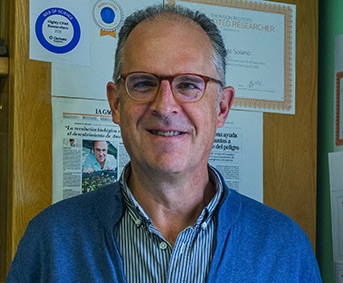

Andrea Chini is a Tenured Scientist of the Jasmonate signaling in plants lab at the CNB-CSIC in Madrid since 2017. Andrea's research has focused on the jasmonate (JA) perception and signaling pathway for more than 15 years because jasmonates are essential signaling molecules promoting plant adaptation to different stresses. Andrea’s research aims to understand better the mechanisms regulating the JA signaling pathway in plants. Most of his studies were carried out using the model plant Arabidopsis thaliana; however, his interest has recently focused on the liverwort model species Marchantia polymorpha. His current scientific goals focus on elucidating the evolution of bio-active jasmonates, their biosynthetic pathways and on identifying new regulatory mechanisms of the JA signaling pathway.

Pilar Cubas is a developmental biologist. She did her Ph.D. in Juan Modolell´s lab focusing on the genetic control of sensory organ patterning in Droshophila melanogaster at CBMSO-CSIC, Madrid. Then, she joined Rico Coen´s lab (JIC, Norwich, UK), for a 4-year postdoc, where she studied the genetic basis and evolution of a key innovation, flower bilateral symmetry. She also discovered the plant-specific TCP transcription factor family, widely conserved across the plant kingdom. Upon returning to Spain, she got a tenure position as a CSIC researcher in 2002 and, in 2010, she became CSIC Research Scientist. Her research group investigates the molecular mechanisms determining plant architecture, in particular, the genetic basis of the decision of axillary buds to remain dormant or grow to produce branches, and the interplay between environmental and internal cues that dictate this decision critical for plant adaptation. Her group also studies the conservation and evolution of the genetic networks controlling bud dormancy. The model systems of her lab are Arabidopsis thaliana, tomato and potato.

Carlos Alonso Blanco leads the laboratory focused on the Natural variation in Plant Development at CNB (CSIC) since 2005. His main objective is to understand the genetic, molecular and evolutionary mechanisms involved in plant adaptation to different environments through developmental modifications. To address this question his lab is exploiting the quantitative genetic variation that exists in nature within the wild, annual, and model plant Arabidopsis thaliana and its relatives. His research has largely focused in flowering initiation, but he has also studied other complex traits, such as growth, seed dormancy, and abiotic or biotic stress tolerances. Currently, he is addressing the mechanisms underlying plant diversity for trichome pattern and morphology, and the contribution of plant trichomes in adaptation to climate change and other environmental factors.

Enrique Rojo leads the Cell Differentiation Lab at CNB (CSIC) since 2007. His lab is focused in understanding how stem cells transition from pluripotency into differentiation and whether the mechanisms implementing this decision are conserved among different plant lineages. Ultimately, we would like to develop genetic tools to control the onset of cell differentiation for biotechnological purposes.

Jose Manuel Franco-Zorrilla leads the Regulation of Gene Expression in Plants Lab at CNB (CSIC). He has focused during the last years in the study of the molecular basis of the regulation of gene expression. More particularly, he aims to understand how transcription factors are able to recognize specifically their target genes in the context of several hormonal and environmental signaling networks.
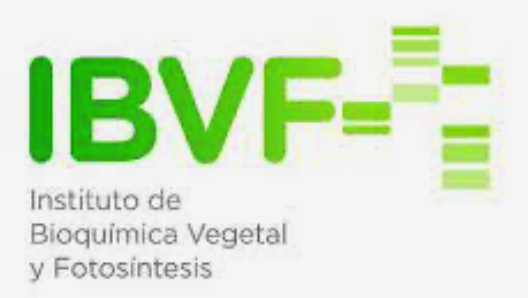

Myriam Calonje co-leads the Plant Development group of the IBVF (CSIC) since 2013. Her scientific interest focuses on understanding how the incorporation of post-translational modifications on histones that constitute the chromatin act as a signaling code to regulate gene expression programs. Specifically, her work is focused on the role of the conserved Polycomb Group histone-modifying machinery in regulating a long-term maintenance of expression patterns, which is required for apropriate plant developmental transitions, a short-term and highly dynamic gene regulation in response to external cues in different plant species.

Federico Valverde co-leads the Plant Development Group at IBVF (CSIC-University of Seville) since 2009. Especially focused in the evolution of regulatory networks that control light responses, he has worked with plant and algae, in order to recapitulate the evolutionary complexity of Spermatophytes, since the simple systems of lower eukaryotes may help understand complex processes of higher eukaryotes. He is particularly interested in the gene networks that module the response of the plant to changes in environmental conditions and how they can be modified for agricultural production. The group also studies the molecular mechanisms that trigger the floral transition by photoperiod in Arabidopsis and how they affect other physiological aspects of plant growth and development

My scientific background, enclosed in the field of Molecular Biology and Biochemistry, is characterised by a multidisciplinary approach, including diverse model organisms, approaches, and skills. I am Researcher Lecturer at University of Seville and member of Plant Development Group at Institute of Plant Biochemistry and Photosynthesis (CSIC-U. of Seville). My research line is focused on unveiling how environmental changes, particularly those related with light (daylength and light quality), are integrated with internal signals as phytohormones and epigenetic marks, to affect distinct growth phases and transitions throughout a plant life cycle.

Emilio Gutierrez-Beltran leads the Stress granules and cell signaling lab at IBVF (University of Seville- CSIC) since 2021.
Currently, the E. Gutierrez-Beltran's research group is focuses on unravelling the molecular pathways underlying the assembly of plant stress granules (SGs), a cytoplasmic biomolecular condensate mainly formed by proteins and RNA molecules. SGs are assembled by liquid-liquid phase separation (LLPS) in response to both environmental and internal signals as an adaptative survival mechanism. His group is trying to understand how signalling events associated with SG assembly connects with the plant stress response.

Inmaculada Couso, Mercedes García-González and Fran Romero-Campero are PIs in the Microalgae Systems Biology and Biotechnology Research Group at the IBVF (US-CSIC). In our group we have established a synergy by seamlessly integrating computational and molecular biology methodologies. Our primary focus is unraveling gene expression regulatory networks in the green lineage, spanning from marine phytoplanktonic picoalgae such as Ostreococcus to land plants like Marchantia, and including streptophyte microalgae such as Klebsormidium and Mesotaenium. Our approaches employ omics technologies, advanced multivariate statistical methods, high-performance computing and artificial intelligence to study gene regulatory networks constituted by transcription factors and epigenetic marks. Currently, we concentrate on characterizing the evolution in the green lineage of the responses to seasonal variations in diurnal or diel cycles encompassing changes in day length, light quality and temperature. We are also interested in deciphering how molecular cell signaling evolved within the green lineage, taking special attention to highly phosphorylated molecules like inositol polyphosphates.

Inmaculada Couso, Mercedes García-González and Fran Romero-Campero are PIs in the Microalgae Systems Biology and Biotechnology Research Group at the IBVF (US-CSIC). In our group we have established a synergy by seamlessly integrating computational and molecular biology methodologies. Our primary focus is unraveling gene expression regulatory networks in the green lineage, spanning from marine phytoplanktonic picoalgae such as Ostreococcus to land plants like Marchantia, and including streptophyte microalgae such as Klebsormidium and Mesotaenium. Our approaches employ omics technologies, advanced multivariate statistical methods, high-performance computing and artificial intelligence to study gene regulatory networks constituted by transcription factors and epigenetic marks. Currently, we concentrate on characterizing the evolution in the green lineage of the responses to seasonal variations in diurnal or diel cycles encompassing changes in day length, light quality and temperature. We are also interested in deciphering how molecular cell signaling evolved within the green lineage, taking special attention to highly phosphorylated molecules like inositol polyphosphates.

Inmaculada Couso, Mercedes García-González and Fran Romero-Campero are PIs in the Microalgae Systems Biology and Biotechnology Research Group at the IBVF (US-CSIC). In our group we have established a synergy by seamlessly integrating computational and molecular biology methodologies. Our primary focus is unraveling gene expression regulatory networks in the green lineage, spanning from marine phytoplanktonic picoalgae such as Ostreococcus to land plants like Marchantia, and including streptophyte microalgae such as Klebsormidium and Mesotaenium. Our approaches employ omics technologies, advanced multivariate statistical methods, high-performance computing and artificial intelligence to study gene regulatory networks constituted by transcription factors and epigenetic marks. Currently, we concentrate on characterizing the evolution in the green lineage of the responses to seasonal variations in diurnal or diel cycles encompassing changes in day length, light quality and temperature. We are also interested in deciphering how molecular cell signaling evolved within the green lineage, taking special attention to highly phosphorylated molecules like inositol polyphosphates.
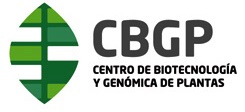

The major goal of our lab is the molecular characterisation of plant hormone crosstalk under stress conditions. Herein, we are particularly interested in elucidating the role of auxin in biotic and abiotic stress responses. Over the course of the past years, the group identified and characterised novel regulatory circuits that link auxin biosynthesis and action with biotic and abiotic defence responses. Among other things, we described the direct induction of key genes of auxin biosynthesis (i.e. YUC8 and YUC9) through oxylipins and provided a mechanistic model for auxin action during herbivore challenges. Just recently, we were also able to describe novel roles for an auxin precursor, indole-3-acetamide (IAM), in plant development and abiotic stress responses. A number of IAM-targets, such as KT/KUP/HAK-type potassium transporter and several MYB transcription factors, which contribute to the control of plant growth, have already been identified. Moreover, the lab investigates the molecular basis of symbioses between soil microbes (fungi) with different plant species, rendering the host plants both more stress resistant and productive in terms of yield and biomass production.

Our main research interest is transcriptional control of gene expression, primarily in the field of seed development. In this framework our group identified and characterized several transcription factors participating in the regulation of gene expression programmes associated to the seed maturation and germination phases. In addition, we are interested in the study of transcription factors affecting metabolic adjustment to carbon/nitrogen partitioning and stress responses. We are investigating regulatory networks, based mainly on transcription factors (TFs) of the bZIP, DOF, MYB and B3 classes. Our group is currently performing transcriptomic analyses of Arabidopsis transgenic plants affected in the expression of transcriptions factors controlling key aspects of seed development and the validation of potentially regulated genes in transient expression assays. Other techniques relevant to our research include the study of protein-DNA and protein-protein interactions, in situ RNA hybridisation and comparative bioinformatic analyses of TF families, mostly in Arabidopsis and cereal species.

Raquel Iglesias' research delves into the molecular mechanisms of seed germination, dormancy, and, more recently, autophagy. In her research, she not only acknowledges the profound importance of seeds in the evolutionary history of Spermatophytes but also underscores their critical role in guaranteeing agricultural productivity and food security. Her research primarily focuses on gene expression analysis and transcriptomics, aiming to understand how genes like those encoding endo-β mannanases influence seed germination and how they are regulated. In addition, her research explores the relatively uncharted territory of autophagy in seeds, with a specific focus on its involvement in the accumulation of storage proteins during seed maturation and the mobilization of reserves during seed imbibition. She also investigates selective protein degradation in response to environmental factors such as temperature, salinity, and drought, with the goal of deepening our understanding of these vital biological processes. Her research encompasses a wide range of model species and crops, including Arabidopsis thaliana, Brachypodium distachyon, Chenopodium quinoa, Hordeum vulgare, and Brassica rapa.

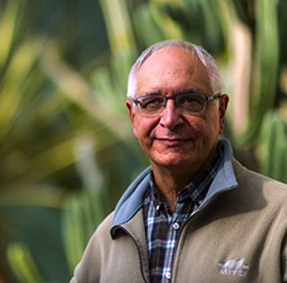
Initially trained in Neotropical Botany and the evolution of the family Malvaceae, since 1999 Javier Fuertes-Aguilar develops research projects on the mechanisms, processes and patterns of evolution and diversification of flowering plants using genetic tools. Our PlanEvoDevo lab at the RJBM develops research projects based on plant genomics and transcriptomics to understand the genomic bases of changes in floral traits in nectaries and petals associated to the evolution of pollination syndromes. In addition, we investigate the biogeography, genetic structure, phylogenomics and evolution of Mediterranean and Macaronesian plant lineages. He actively collaborates with research groups in Brazil, Colombia, Mexico, Norway, and Peru.
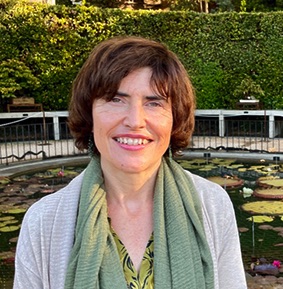
I am a Senior Research Scientist and, currently, Director of Science at the Real Jardín Botánico (RJB), CSIC. My research focuses on studying the evolutionary and ecological processes behind general patterns of biodiversity distribution, with special focus on endemism, rarity and geographic disjunctions. The methodological approach my lab employs is a Bayesian Inference framework to integrate genomic data with biogeographic models and environmental, paleontological and fossil record evidence to reconstruct the evolution of lineages from deep-time to microevolutionary scales. My latest research aims to understand the link between climate change and lineage extinction at different evolutionary depths, and their effect at community level, on the African flora.
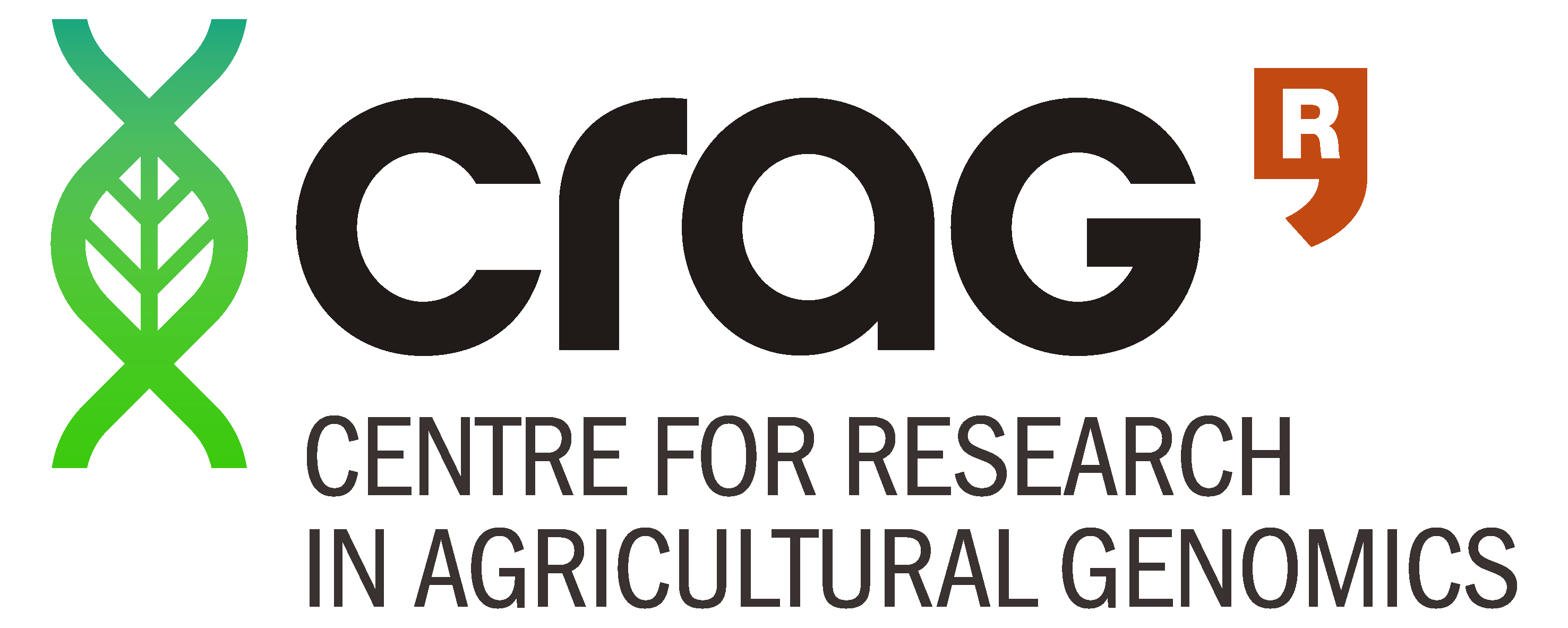

Soraya Pelaz as ICREA Research Professor leads the Floral Induction and Development team at CRAG since 2003. Her laboratory has been studying the Arabidopsis RAV genes function, in more detail the TEMs, in different developmental processes, mainly focusing their interest on their role as floral repressors, and their involvement in the different genetic pathways that tightly regulate flowering time. Recently, they built up our knowledge towards understanding the TEMs implication on environmental adaptation, slightly changing the model plant developmental research focus towards environmental stresses, crops and evolution. They also started an evolutionary approach to study the evolution of the RAV genes together with the acquisition of new roles along evolution.

Ignacio Rubio-Somoza leads the Molecular Reprogramming and Evolution (MoRE) Lab at CRAG (Barcelona) since 2015. Trained as developmental biologist during his PhD and postdoctoral periods, he has worked on a wealth of plant species and on the genetic networks orchestrating developmental transitions and their conservation. The research at the MoRE lab focuses on the evolution of plant development and how that impacts on the molecular interactions between plants and microorganisms. The MoRE lab is also interested on cell type specific process regulating plant resilience to both biotic and abiotic stresses. The MoRE lab leverages in his research state-of-the-art technologies in genomics, cell biology, biochemistry, microbiology, molecular biology and physiology.

Laura Botigué is a Ramón y Cajal Fellow and leads the Genomics for ancient crops and domestication Group at CRAG (CSIC-IRTA-UAB-UB) since 2018. She is a population geneticist interested in crop genome evolution. Her main lines of research are focused on understanding wheat domestication and identifying changes in the genome that enabled the adaptation of wheat landraces to different ecosystems during the expansion of agriculture. She is currently focused on the characterization of the free-threshing trait in wheat as a model trait to study the genomic signal of adaptation in this crop. Her group uses bioinformatics, population genetics theory and computational modeling in landraces, crop wild relatives and ancient genomes.
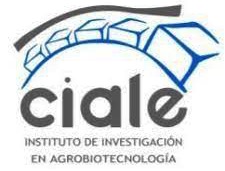

Prof. Oscar Lorenzo is group leader of Plant Physiology and Hormone Signaling at the Institute for Agribiotechnology Research (CIALE), School of Biology of the University of Salamanca, since 2005.
His research interests focus on the study of different plant hormonal signaling pathways (abscisic acid, ABA; ethylene, ET and jasmonates, JAs) and their interactions along growth, development and stress trade-off in different plant model species (i.e. Marchantia, Arabidopsis) and crops. Currently, his work aims to understand the mechanisms of hormonal action and interactions with the main plant growth and development regulators. In particular, the identification of the molecular components involved in the nitric oxide (NO) sensing and signaling related to seed germination and development


Rubén Milla works at Universidad Rey Juan Carlos. He teaches plant anatomy to undergraduates and trait evolution to master students. His research background is plant ecology. He uses that background to try to understand the evolution of plants under agricultural cultivation. For this he uses comparative and experimental approaches, utilizing crops and their wild relatives as study systems. Currently, he is simulating the early emergence of crops using experimental evolution, to evaluate if and how traits associated with domestication can evolve in the short term under strong directional selection.

Silvia Matesanz is an evolutionary ecologist interested in micro‐evolutionary processes that occur in plant populations and how phenotypic variation is shaped by genetic and environmental factors. She teaches evolutionary genetics and plant trait evolution at Universidad Rey Juan Carlos. Her main research line focuses on the role of phenotypic plasticity and adaptive evolution in the response of Mediterranean plants to climate change.

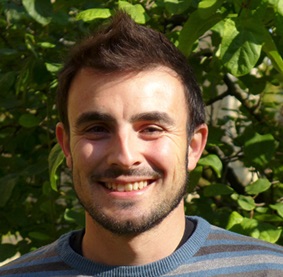
Pablo is a botanist working as a Ramón y Cajal researcher at the Department of Biodiversity, Ecology and Evolution, Universidad Complutense de Madrid. He obtained his D.Phil. degree from the University of Oxford, United Kingdom. The focus of his research is the systematics of tropical plants, and particularly the origin, evolution, and domestication of the sweet potato, one of the most important crops worldwide. He also focuses on understanding the mechanisms that promote storage root development in this crop and how climate change can affect storage root growth and development. His research integrates phylogenetics and genome analysis with taxonomy, using herbarium specimens as the main source of data.


I am a Professor at the Pablo de Olavide University, in Seville, where I teach several courses in the Environmental Sciences degree and in the Biodiversity and Conservation Biology Master. I consider myself an evolutionary biologist interested in the study of plant reproductive biology (sexual and reproductive systems, flowering, and germination), plant-animal interactions (herbivory, pollination, and dispersal), and micro- and macroevolution in general. My current research focuses on ecological and evolutionary aspects of flower color, including the biochemical and molecular basis of color variation, flower color as a signal to pollinators, maintenance of floral color polymorphism, and abiotic factors affecting floral pigment production.
ZuxFZdTg58E
ZuxFZdTg58E
